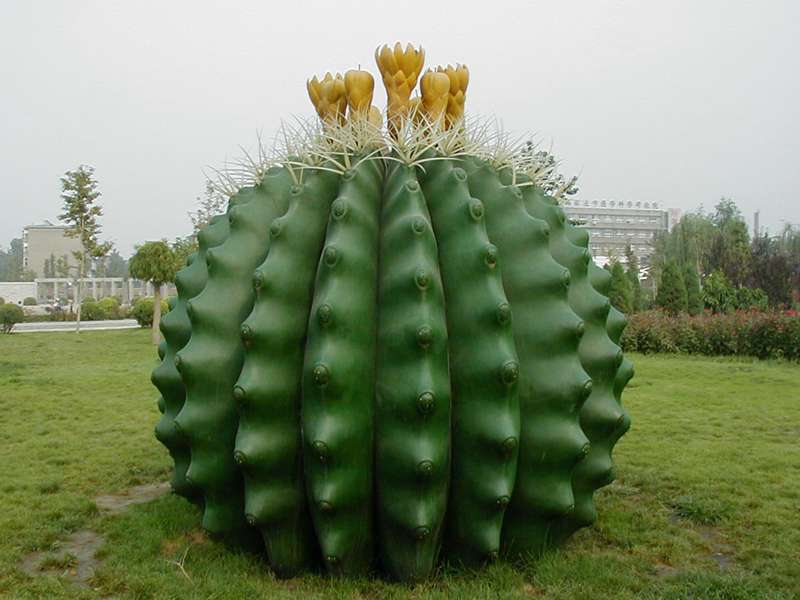
-
 Afrikaans
Afrikaans -
 Albanian
Albanian -
 Amharic
Amharic -
 Arabic
Arabic -
 Armenian
Armenian -
 Azerbaijani
Azerbaijani -
 Basque
Basque -
 Belarusian
Belarusian -
 Bengali
Bengali -
 Bosnian
Bosnian -
 Bulgarian
Bulgarian -
 Catalan
Catalan -
 Cebuano
Cebuano -
 China
China -
 China (Taiwan)
China (Taiwan) -
 Corsican
Corsican -
 Croatian
Croatian -
 Czech
Czech -
 Danish
Danish -
 Dutch
Dutch -
 English
English -
 Esperanto
Esperanto -
 Estonian
Estonian -
 Finnish
Finnish -
 French
French -
 Frisian
Frisian -
 Galician
Galician -
 Georgian
Georgian -
 German
German -
 Greek
Greek -
 Gujarati
Gujarati -
 Haitian Creole
Haitian Creole -
 hausa
hausa -
 hawaiian
hawaiian -
 Hebrew
Hebrew -
 Hindi
Hindi -
 Miao
Miao -
 Hungarian
Hungarian -
 Icelandic
Icelandic -
 igbo
igbo -
 Indonesian
Indonesian -
 irish
irish -
 Italian
Italian -
 Japanese
Japanese -
 Javanese
Javanese -
 Kannada
Kannada -
 kazakh
kazakh -
 Khmer
Khmer -
 Rwandese
Rwandese -
 Korean
Korean -
 Kurdish
Kurdish -
 Kyrgyz
Kyrgyz -
 Lao
Lao -
 Latin
Latin -
 Latvian
Latvian -
 Lithuanian
Lithuanian -
 Luxembourgish
Luxembourgish -
 Macedonian
Macedonian -
 Malgashi
Malgashi -
 Malay
Malay -
 Malayalam
Malayalam -
 Maltese
Maltese -
 Maori
Maori -
 Marathi
Marathi -
 Mongolian
Mongolian -
 Myanmar
Myanmar -
 Nepali
Nepali -
 Norwegian
Norwegian -
 Norwegian
Norwegian -
 Occitan
Occitan -
 Pashto
Pashto -
 Persian
Persian -
 Polish
Polish -
 Portuguese
Portuguese -
 Punjabi
Punjabi -
 Romanian
Romanian -
 Russian
Russian -
 Samoan
Samoan -
 Scottish Gaelic
Scottish Gaelic -
 Serbian
Serbian -
 Sesotho
Sesotho -
 Shona
Shona -
 Sindhi
Sindhi -
 Sinhala
Sinhala -
 Slovak
Slovak -
 Slovenian
Slovenian -
 Somali
Somali -
 Spanish
Spanish -
 Sundanese
Sundanese -
 Swahili
Swahili -
 Swedish
Swedish -
 Tagalog
Tagalog -
 Tajik
Tajik -
 Tamil
Tamil -
 Tatar
Tatar -
 Telugu
Telugu -
 Thai
Thai -
 Turkish
Turkish -
 Turkmen
Turkmen -
 Ukrainian
Ukrainian -
 Urdu
Urdu -
 Uighur
Uighur -
 Uzbek
Uzbek -
 Vietnamese
Vietnamese -
 Welsh
Welsh -
 Bantu
Bantu -
 Yiddish
Yiddish -
 Yoruba
Yoruba -
 Zulu
Zulu
Combining Durability and Resistance in CPVC and FRP Pipe Solutions
Combining Durability and Resistance CPVC and FRP Pipes
In the realm of piping systems, two materials stand out for their exceptional properties Chlorinated Polyvinyl Chloride (CPVC) and Fiber Reinforced Plastic (FRP)
. These materials, when used in conjunction, offer a unique solution that combines durability with resistance to various environmental challenges, making them ideal choices for numerous applications in industries such as construction, chemical processing, and wastewater management.CPVC pipes are known for their impressive resistance to temperature and pressure, making them highly suitable for hot water systems. They can withstand temperatures of up to 200°F (93°C) and are resistant to scaling and corrosion, which is a common issue with metal pipes. The chlorine content in CPVC also enhances its resistance to aggressive chemicals, which is a decisive factor in many industrial applications. This added durability means fewer repairs and replacements, which contributes to lower maintenance costs over time.
On the other hand, FRP pipes are celebrated for their lightweight nature and incredible strength. Made by reinforcing plastic with fibers, usually glass or carbon, these pipes exhibit exceptional tensile strength, enabling them to handle high-pressure applications. Additionally, their resistance to corrosion from harsh chemicals and environmental factors makes them ideal for transporting aggressive fluids. The non-corrosive nature of FRP ensures long service life, reducing downtime and enhancing operational efficiency.
cpvc and frp pipes combine durability and resistance.

The synergetic combination of CPVC and FRP pipes promises enhanced performance in various scenarios. For instance, when used together in a composite structure, these materials can create a piping system that capitalizes on the strengths of both. The inherent resistance of CPVC to high temperatures complements the lightweight and strong characteristics of FRP, allowing the creation of piping systems that are not only robust but also energy-efficient, as their lower weight reduces the structural support needed.
Moreover, the combination of CPVC and FRP is an environmentally conscious choice. Both materials are recyclable, and their long lifespan contributes to reduced waste and resource consumption. As industries increasingly prioritize sustainability, this combination becomes a more attractive option.
In conclusion, the amalgamation of CPVC and FRP pipes offers a viable solution that addresses the demand for durable and resistant piping systems. Their unique properties, when integrated, provide enhanced performance, extended service life, and environmental benefits. As industries continue to evolve and face new challenges, CPVC and FRP stand poised to meet the demands of modern piping applications, ensuring reliability and efficiency for years to come.
Latest news
-
Exploring the Benefits of Top Hammer Drifter Rods for Enhanced Drilling PerformanceNewsJun.10,2025
-
High-Precision Fiberglass Winding Machine for GRP/FRP Pipe Production – Reliable & Efficient SolutionsNewsJun.10,2025
-
FRP Pipes & Fittings for Shipbuilding - Corrosion-Resistant & LightweightNewsJun.09,2025
-
Premium FRP Flooring Solutions Durable & Slip-ResistantNewsJun.09,2025
-
Premium Fiberglass Rectangular Tanks Durable & Lightweight SolutionNewsJun.09,2025
-
Tapered Drill String Design Guide Durable Performance & UsesNewsJun.09,2025









